Loyalty Marketing Hacks That Will Increase Your Sales and Customer Retention Without Breaking the Bank
In today's competitive business landscape, loyalty marketing has become an essential strategy for fostering long-term relationships with customers. By focusing on customer retention, businesses can reap significant financial benefits—higher revenues, improved brand advocacy, and valuable customer insights.
Key Takeaway: Effective loyalty marketing strategies can drive repeat business and customer advocacy, ultimately leading to increased revenue for your local business.
This article delves into practical insights and affordable hacks to help growing local businesses leverage loyalty marketing without breaking the bank.
Understanding Loyalty Marketing
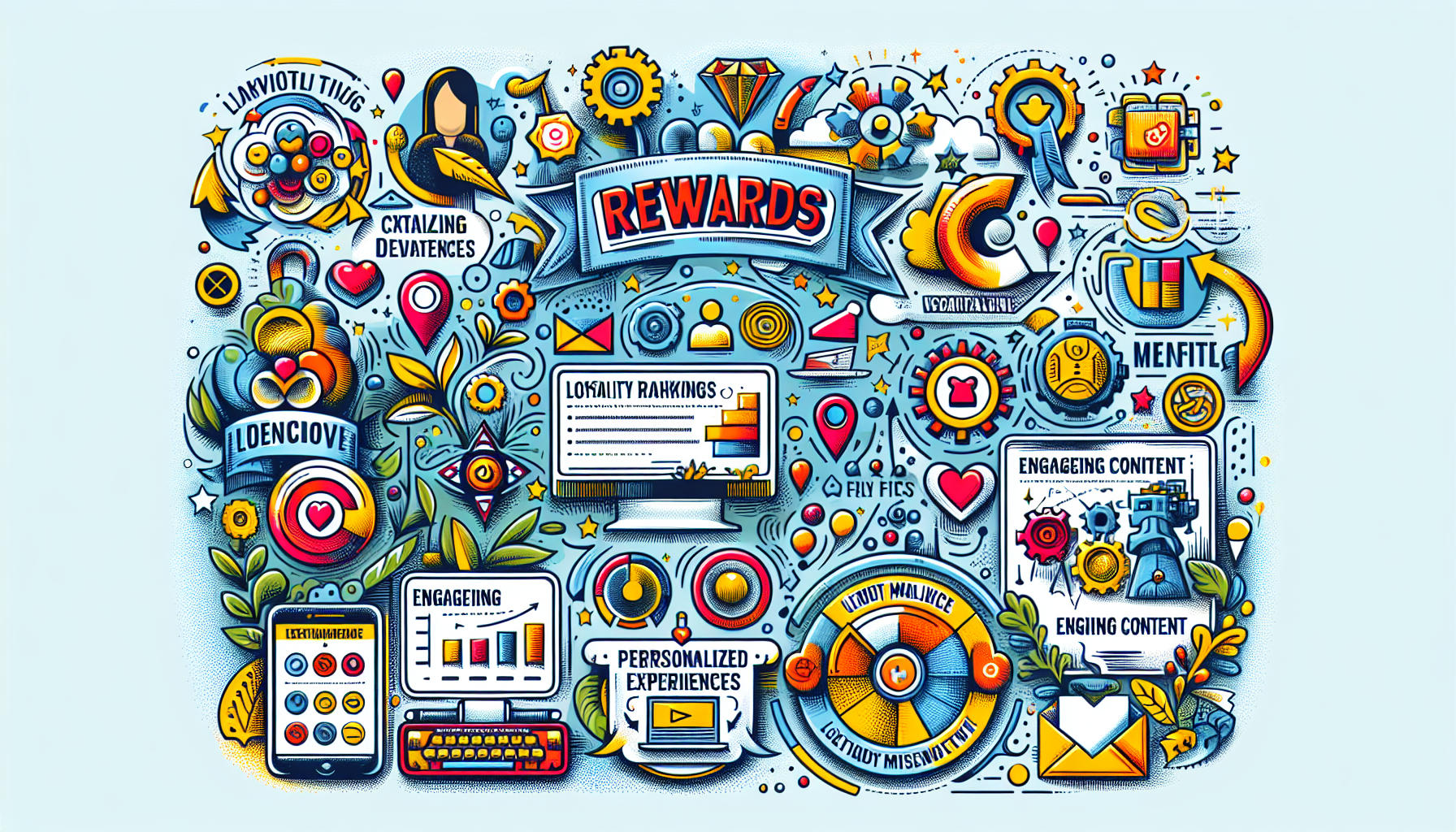
What is Loyalty Marketing?
Loyalty marketing is all about building strong, long-lasting relationships with your customers. The goal is to encourage them to keep coming back and even recommend your brand to others.
To achieve this, businesses use various tactics such as:
- Offering rewards and incentives
- Providing personalized experiences
- Creating engaging content and interactions
Why are Emotional Connections Important?

One key aspect of loyalty marketing is the ability to connect with customers on an emotional level. When people feel a genuine connection with a brand, they are more likely to become loyal supporters.
Here are some effective ways to build emotional connections:
- Personalization: Tailor your messaging and offers based on individual preferences.
- Exclusive Benefits: Provide special perks or access to events that only loyal customers can enjoy.
- Community Building: Foster a sense of belonging by creating communities around your brand or products.
For example, a local coffee shop could organize monthly coffee tasting events exclusively for their loyalty program members, fostering a strong sense of community.
The Role of Customer Lifetime Value (CLV)
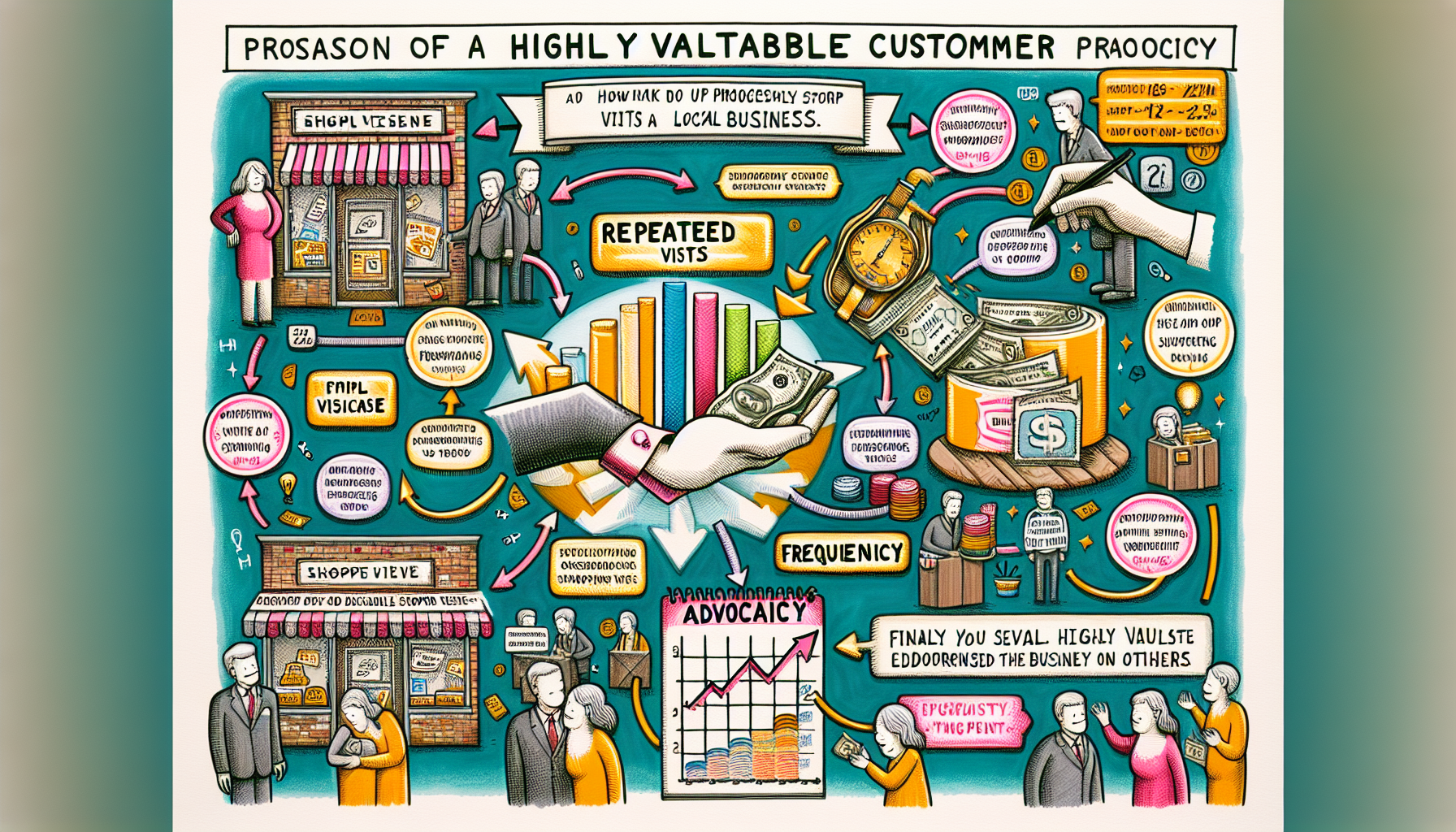
Another important concept in loyalty marketing is Customer Lifetime Value (CLV). This metric helps businesses understand how much revenue they can expect from each customer over the course of their relationship.
By knowing the CLV, companies can make informed decisions about their loyalty strategies. Here are three ways CLV can influence your approach:
- Segmentation: Identify which customer segments have the highest lifetime values so you can prioritize them in your marketing efforts.
- Targeted Campaigns: Design specific campaigns tailored to different groups based on their spending habits and preferences.
- Resource Allocation: Allocate resources effectively by focusing on retaining high-CLV customers who contribute significantly to your bottom line.
For instance, analyzing CLV data might reveal that customers who purchase premium products have higher lifetime values. With this insight, businesses can create targeted loyalty rewards for these high-value customers, such as exclusive discounts on new premium product launches.
By combining these principles—building emotional connections and leveraging insights from CLV—businesses can develop powerful loyalty marketing strategies that drive sustainable growth and keep customers coming back for more.
Benefits of Implementing a Loyalty Program for Your Local Business
Financial Benefits
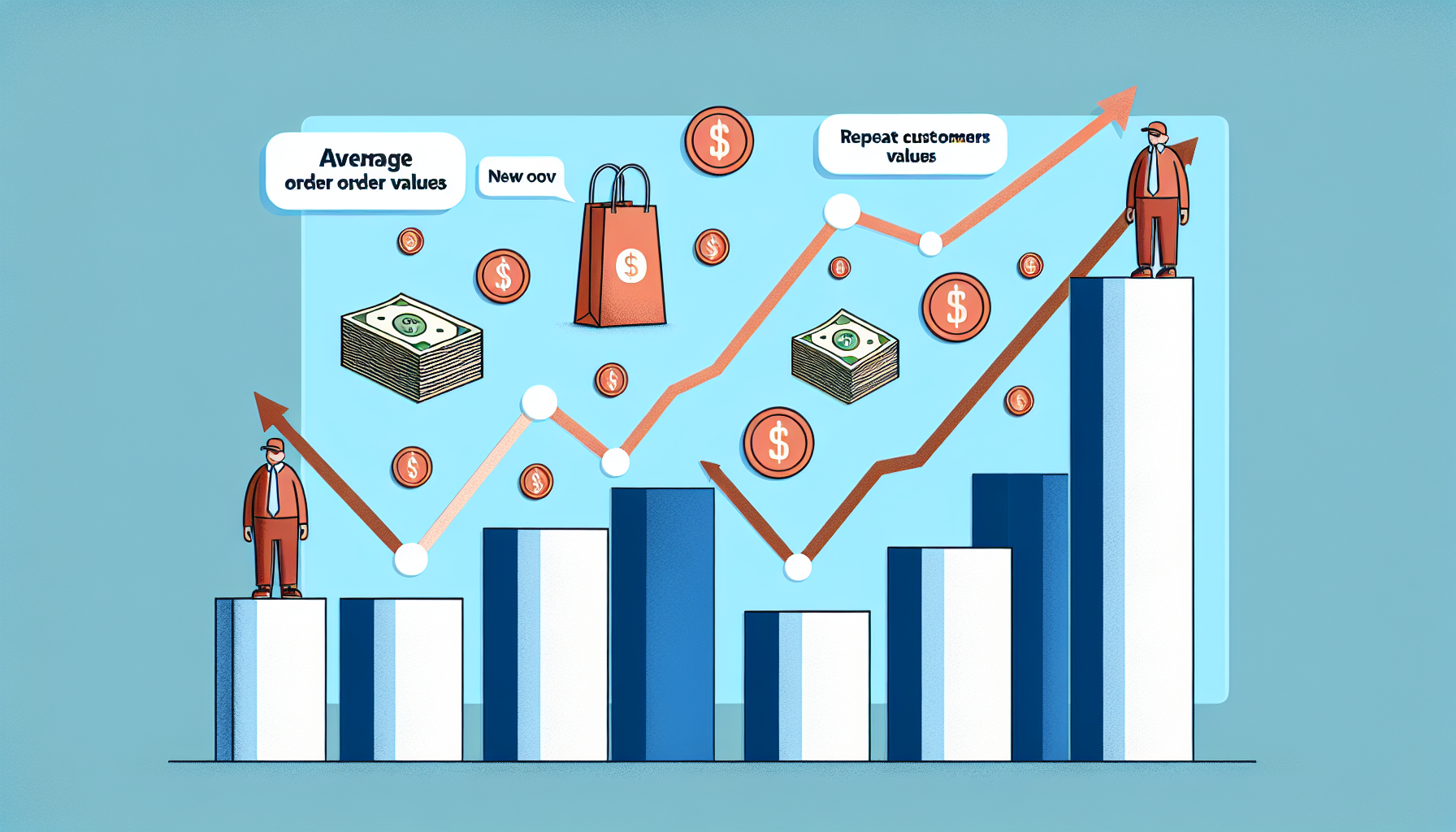
Implementing a loyalty program can significantly boost your business's financial health. Customers who participate in loyalty programs tend to have a higher average order value (AOV) and make more frequent purchases. For instance, repeat customers often spend up to 67% more than new customers. By rewarding frequent buyers with points or discounts, you create an incentive for them to increase their spending.
Brand Advocacy
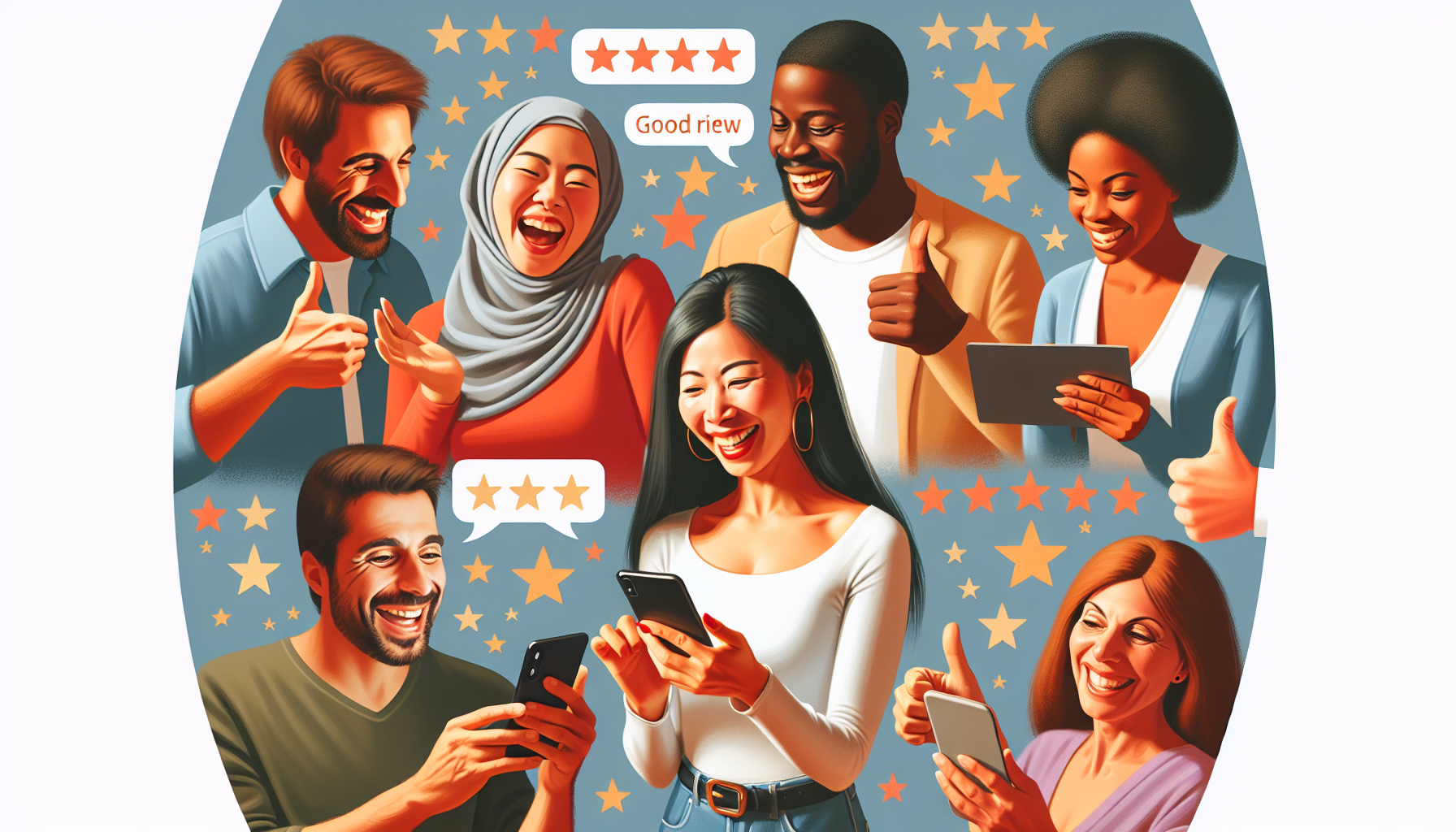
Loyal customers are not just repeat buyers; they often become brand advocates. These advocates spread positive word-of-mouth about your business, both online and offline. Think of it as free marketing that comes from genuine customer satisfaction. A happy customer recommending your business to friends and family can be more persuasive than any advertisement. Social proof generated by brand advocates can greatly enhance your reputation and attract new customers.
Better Customer Data
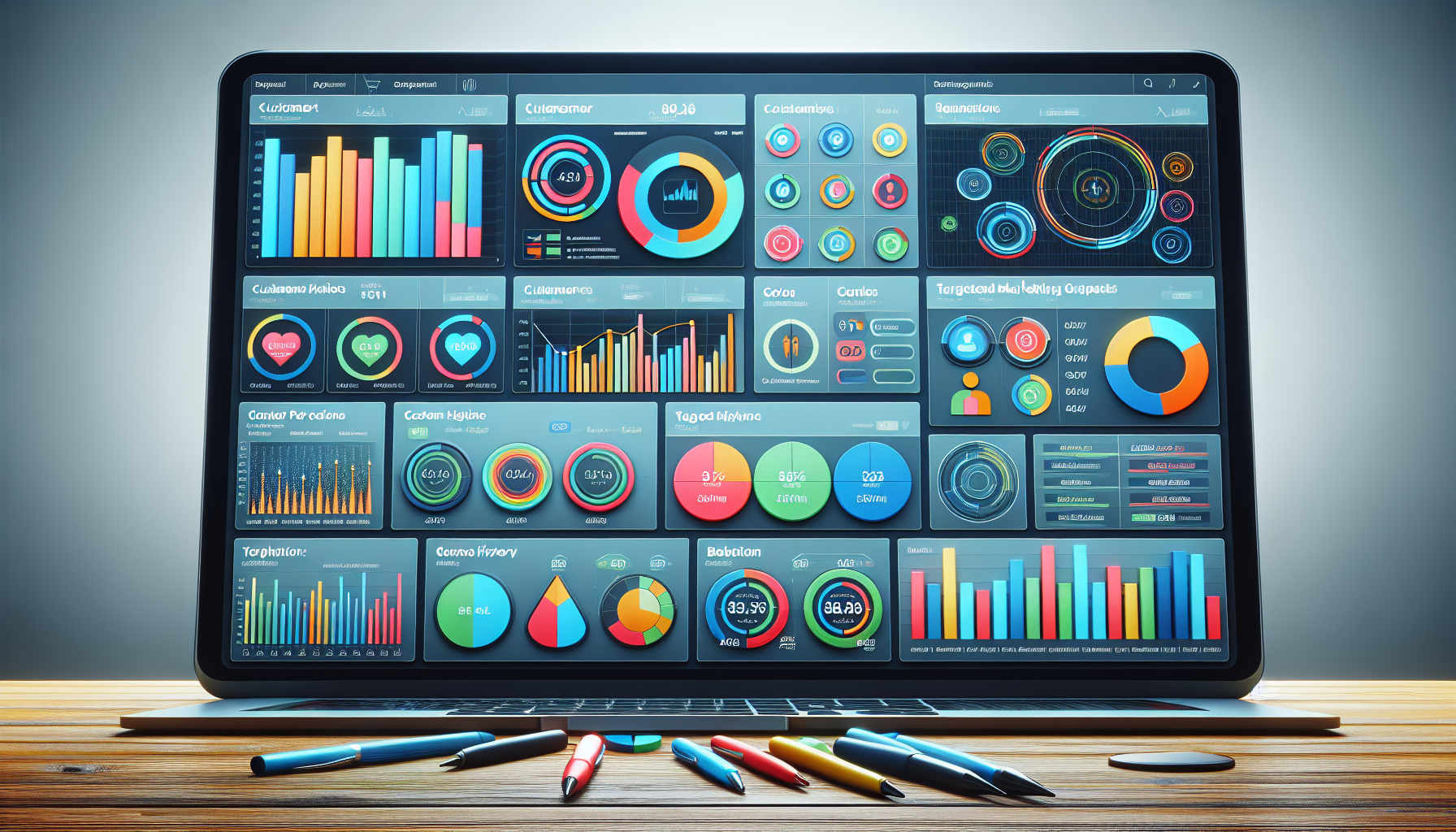
Loyalty programs provide an excellent opportunity to gather valuable customer data. Every time a customer interacts with your loyalty program—whether they're earning points, redeeming rewards, or participating in special promotions—you collect data about their preferences and behaviors. This data allows you to:
- Tailor marketing campaigns to specific customer segments.
- Offer personalized recommendations based on past purchases.
- Identify trends and adjust your inventory accordingly.
This targeted approach can lead to more effective marketing efforts, higher conversion rates, and ultimately, increased revenue.
By leveraging these benefits—higher revenues, improved brand advocacy, and better customer data—you can create a strong foundation for sustained growth and success in today's competitive market landscape.
1. Points-Based Loyalty Programs: Rewarding Customers for Their Support

Points-based loyalty programs are a popular and effective strategy for encouraging repeat business and fostering customer loyalty. In such programs, customers earn points for every purchase they make, which can later be redeemed for rewards or discounts. This simple yet powerful system incentivizes customers to return to your business to accumulate and use their points.
The Concept of Points-Based Loyalty Programs
The core idea behind a points-based loyalty program is straightforward:
- Earning Points: Customers accumulate points with each purchase. For instance, they might receive one point for every dollar spent.
- Redeeming Points: Once enough points are collected, customers can redeem them for various rewards such as discounts, free products, or exclusive services.
Example: A coffee shop could offer 10 points for every coffee purchased, with 100 points redeemable for a free beverage.
Designing an Effective Rewards Structure
Creating an engaging and motivating rewards structure is crucial to the success of your points-based loyalty program. Here are some tips:
- Clear and Attainable Goals: Ensure that the path to earning rewards is transparent and achievable. Complicated systems may discourage participation.
- Example: "Earn 10 points per $1 spent – Get a $5 discount at 100 points."
- Tiered Rewards System: Introduce multiple reward levels to cater to different spending habits. This approach encourages higher spending as customers aim for more significant rewards.
- Example: "Bronze Level (0-99 points): 5% off; Silver Level (100-199 points): 10% off; Gold Level (200+ points): 15% off."
- Exclusive Perks: Offer unique rewards that enhance the customer experience beyond just discounts. Special events, early access to sales, or personalized services can add significant value.
- Example: "Accumulate 500 points and get an invitation to our VIP sale event."
- Regular Updates and Promotions: Keep the program dynamic by introducing limited-time offers or bonus point events. This not only maintains interest but also drives urgency in purchasing decisions.
- Example: "Double Points Weekend – Earn twice the points on all purchases this weekend!"
By implementing a well-thought-out points-based loyalty program, businesses can effectively drive customer engagement and increase repeat visits without hefty marketing expenditures. The key lies in understanding your audience's preferences and creating a rewarding experience that feels both attainable and valuable.
2. Value-Based Loyalty Programs: Building Meaningful Connections with Customers

The Power of Emotional Connections
Implementing a value-based loyalty program goes beyond transactional interactions by creating emotional bonds with your customers. This type of loyalty program focuses on delivering personalized experiences or exclusive access to events, fostering a deeper connection with your brand. These emotional ties can enhance customer satisfaction and retention, driving repeat business and advocacy.
Advantages of Value-Based Loyalty Programs
- Personalization: Tailored experiences make customers feel valued and understood. For instance, sending personalized birthday messages or offering special discounts on anniversaries.
- Exclusive Access: Providing early access to new products or exclusive invitations to events can make customers feel like insiders.
- Community Engagement: Encouraging community involvement through initiatives like charity events or local meetups strengthens the bond between your brand and its patrons.
Successful Community-Building Initiatives
Local businesses have successfully implemented various community-building initiatives as part of their value-based loyalty strategies:
- Local Workshops and Classes: A local bakery offering baking classes for loyal customers, creating a sense of community and shared passion for baking.
- Charity Events: A gym organizing charity runs where loyal members participate, fostering a sense of belonging and contributing to a good cause.
- Exclusive Meetups: A boutique hosting VIP shopping nights for their top customers, providing an intimate shopping experience with the store owner and staff.
- Customer Appreciation Days: A café celebrating its anniversary by inviting regulars for a free coffee tasting event, making them feel appreciated and valued.
Tips for Implementing Value-Based Loyalty Programs
- Know Your Customers: Use data analytics to understand customer preferences and tailor experiences accordingly.
- Leverage Technology: Utilize CRM systems to manage customer interactions and deliver personalized communications.
- Promote Involvement: Encourage feedback from customers about what types of experiences they value most.
By focusing on emotional connections, value-based loyalty programs can create lasting bonds with customers, turning them into lifelong advocates for your brand.
3. Subscription-Based Loyalty Programs: Offering Ongoing Value to Customers

Subscription-based loyalty programs present an innovative way for businesses to provide continuous value in exchange for a recurring fee. These programs, exemplified by monthly subscription boxes, offer a steady stream of benefits that keep customers engaged over time.
Key Benefits:
- Predictable Revenue Streams: Subscriptions create a reliable revenue model. This predictability can help manage cash flow more effectively.
- Enhanced Customer Engagement: Regular interactions with your brand through monthly deliveries or exclusive content help maintain high levels of engagement.
- Personalization Opportunities: Tailor the contents of each subscription box or service to meet individual customer preferences, enhancing the overall customer experience.
Examples:
- Beauty Boxes: Brands like Birchbox and Ipsy deliver personalized beauty products monthly, keeping customers excited about discovering new items.
- Fitness Programs: Services such as Peloton offer ongoing access to workout classes and community support for a recurring fee, creating a loyal customer base.
By focusing on continuous value delivery, subscription-based loyalty programs foster deeper customer relationships, leading to sustained business growth.
Strategies for Effective Customer Retention Without Breaking the Bank
1. Personalization at Scale: Leveraging Technology to Deliver Tailored Experiences to Your Customers
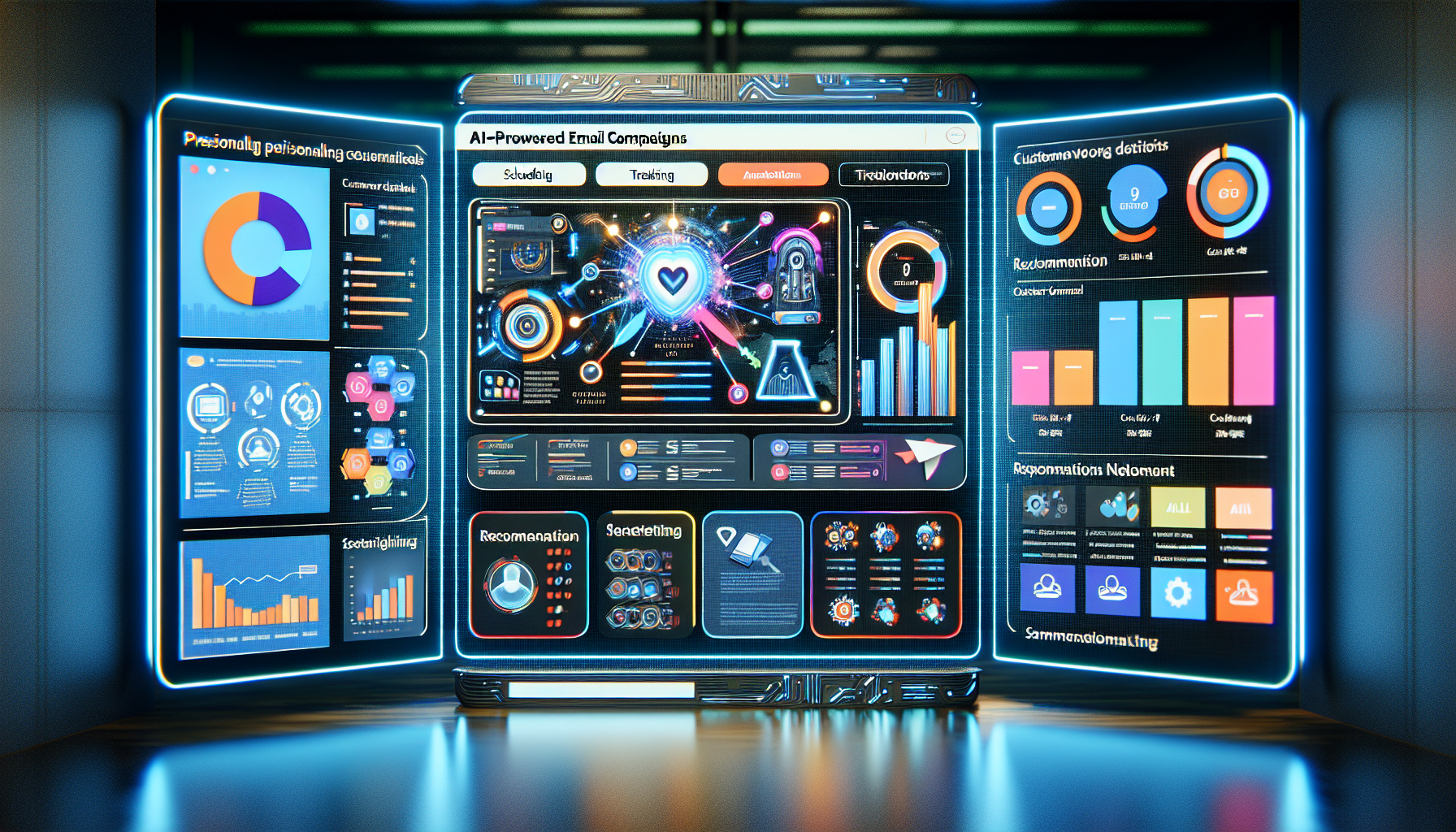
In today's digital age, customers expect personalized experiences that cater specifically to their needs and preferences. For small businesses, providing such tailored experiences at scale might seem daunting, especially with limited resources. However, leveraging technology can make this not only possible but also budget-friendly.
Automation Tools and AI-Powered Software Solutions
Automation tools and AI-powered software solutions are game-changers in the realm of customer personalization. Here’s how they can help:
- Customer Segmentation: By analyzing customer data, AI can segment your audience based on various factors such as purchasing behavior, browsing history, and demographic information. This allows you to target specific groups with relevant offers and content.
- Predictive Analysis: AI algorithms can predict future buying behaviors by examining past purchases and engagement patterns. This helps in crafting personalized recommendations that are more likely to resonate with individual customers.
- Automated Messaging: Using automation tools like email marketing platforms or chatbots can ensure timely communication with customers. Personalized emails or messages triggered by specific actions (e.g., abandoning a cart) can significantly enhance customer engagement.
Examples of Effective Personalization
Consider these examples of how small businesses have successfully used technology to deliver personalized experiences:
- Email Campaigns:
- Segmented Newsletters: Sending different versions of newsletters based on customer segmentation ensures that each recipient gets content relevant to their interests.
- Personalized Recommendations: Incorporating product recommendations based on past purchases can drive repeat sales.
- Loyalty Programs:
- Customized Rewards: Using customer data to offer rewards that match individual preferences increases the likelihood of program participation.
- Behavioral Triggers: Implementing rewards for specific actions (e.g., referring a friend) encourages desired behaviors among customers.
- AI Chatbots:
- 24/7 Customer Support: AI chatbots provide instant assistance, answering common queries and guiding customers through their purchase journey.
- Proactive Engagement: Chatbots can engage users proactively by suggesting products or offering discounts based on browsing history.
Cost-Effective Tools for Small Businesses
Several affordable tools make personalization accessible even for small businesses:
- Mailchimp: Known for its user-friendly interface and robust features, Mailchimp allows for advanced segmentation and automated email campaigns.
- HubSpot: Offers free CRM capabilities along with marketing automation features that support personalized communication efforts.
- Tidio: An AI-powered chatbot solution that integrates seamlessly with various e-commerce platforms, providing real-time support and personalized suggestions.
- Zoho CRM: Provides comprehensive customer relationship management features at an affordable price, helping businesses keep track of customer interactions and preferences.
Key Takeaways
Delivering personalized experiences doesn’t have to be costly or complicated. By leveraging automation tools and AI-powered software solutions, small businesses can effectively meet customer expectations while staying within budget. Personalized recommendations not only enhance customer satisfaction but also drive repeat business, making it a win-win strategy for growth.
Focusing on retaining customers on a budget using technology enables small businesses to compete with larger players by offering tailor-made experiences that build loyalty and foster long-term relationships.
2. Engaging Customers Through User-Generated Content and Social Proof: Harnessing the Power of Your Community Without Spending Big Bucks

Retaining customers on a budget becomes far more manageable when leveraging user-generated content (UGC). This strategy not only saves costs but also builds trust and credibility among your target audience.
Why UGC Works:
- Authenticity: User-generated content inherently carries a level of authenticity that branded content may lack. When potential customers see real people enjoying your products or services, it creates organic trust.
- Engagement: Encouraging customers to share their experiences fosters a sense of community and engagement. People love to feel part of something bigger and sharing their stories can turn them into brand advocates.
- Cost-Effectiveness: Gathering and sharing UGC is often free, requiring little more than a platform to showcase it.
Practical Steps to Leverage UGC:
- Create Branded Hashtags: Encourage your customers to use specific hashtags when they post about your business on social media. This makes it easier for you to find and share their content.
- Run Contests and Giveaways: Offering small rewards for the best customer photos or testimonials can incentivize content creation without significant expenditure. For example, running an Instagram photo contest can be a fun and effective way to gather UGC.
- Feature Customer Stories: Highlighting customer experiences on your website or social media pages can inspire others and demonstrate the community-centric aspect of your brand.
Example Initiatives:
- Photo Walls in Stores: Create a physical or digital photo wall showcasing pictures shared by satisfied customers. It adds a personal touch that resonates with visitors.
- Testimonials on Product Pages: Display user reviews and testimonials directly on product pages to provide social proof, enhancing credibility and encouraging new purchases.
By integrating user-generated content into your loyalty marketing strategy, such as through collecting user-generated content, you can effectively retain customers without breaking the bank, complementing your loyalty program efforts seamlessly.
3. Creating Memorable Experiences That Foster Brand Loyalty: Think Outside the Box!

Small business owners often underestimate the power of delivering exceptional experiences. These don’t always require hefty financial investment but can significantly impact customer retention and satisfaction.
Here are a few creative ways to create unique experiences for loyal customers:
- Personalized Recommendations Using Technology: Utilize AI-powered tools to analyze customer data and provide tailored product recommendations. This approach can make customers feel valued and understood, enhancing their loyalty without significant costs.
- Exclusive Events: Host special events exclusively for your loyal customers. These could range from VIP shopping nights to behind-the-scenes tours, creating a sense of exclusivity and appreciation.
- Handwritten Notes: Simple gestures like sending handwritten thank-you notes or personalized messages can leave a lasting impression. This personal touch shows customers that you genuinely value their patronage.
- Customer Spotlights: Feature loyal customers in your marketing materials or on social media. Highlighting their stories not only makes them feel special but also encourages others to engage with your brand.
By thinking outside the box, businesses can retain customers on a budget while fostering long-lasting relationships. Implementing a successful loyalty program is crucial, but complementing it with memorable experiences ensures sustained customer engagement and advocacy over time.
Measuring Success in Your Loyalty Marketing Efforts: Key Metrics That Matter Most When You're Operating on a Tight Budget!

Understanding how well your loyalty marketing initiatives are performing is crucial, especially when resources are limited. Here are the key performance indicators (KPIs) that small businesses should prioritize to effectively evaluate the success of their budget-friendly loyalty programs:
1. Customer Lifetime Value (CLV)
- Definition: Total revenue expected from a customer throughout their relationship with your business.
- Importance: CLV helps you understand the long-term value of retaining customers through loyalty programs.
2. Average Order Value (AOV)
- Definition: The average amount spent per transaction.
- Formula:
Total Revenue / Number of Orders - Importance: A higher AOV indicates that customers are spending more per visit, often influenced by effective loyalty rewards.
3. Purchase Frequency (PF)
- Definition: The average number of purchases made by each customer over a specific period.
- Formula:
Total Number of Purchases / Number of Unique Customers - Importance: An increase in PF signals that customers are returning more often, which is a direct benefit of successful loyalty strategies.
4. Program Engagement Rate
- Definition: The percentage of active customers participating in your loyalty program.
- Formula:
(Number of Active Program Members / Total Customers) x 100 - Importance: Higher engagement rates suggest that your program is appealing and providing value to your customers.
5. Redemption Rates
- Definition: The percentage of earned rewards that are actually redeemed by customers.
- Formula:
(Number of Rewards Redeemed / Number of Rewards Earned) x 100 - Importance: High redemption rates indicate that your rewards are attractive and attainable, keeping customers motivated to participate.
6. Churn Rate
- Definition: The percentage of customers who stop doing business with you over a given period.
- Formula:
(Number of Customers at Start - Number of Customers at End) / Number of Customers at Start x 100 - Importance: Monitoring churn rates can reveal how well your loyalty program retains customers and where improvements might be needed.
Pro Tip: Leverage affordable analytics tools or software solutions to track these metrics seamlessly without straining your budget. Programs like Lealtad App offer integrated insights to help you stay on top of these key indicators efficiently.
By focusing on these KPIs, small businesses can gain valuable insights into the effectiveness of their loyalty programs, ensuring they deliver maximum impact even with limited resources.
Case Studies on Successful Low-Cost Loyalty Programs Implemented by Local Businesses Like Yours!
Example 1: Small Café Boosts Revenue with a Simple Punch Card System
A small, family-owned café implemented a straightforward punch card loyalty program. For every ten coffees purchased, customers received one free coffee. This low-cost approach led to:
- Increase in repeat visits: Customers frequented the café more often to earn their free coffee.
- Higher average order value: Patrons often bought additional items during their visits, such as pastries or sandwiches.
- Increased customer advocacy: Satisfied customers recommended the café to friends and family, leading to new business.
Example 2: Local Boutique Uses Social Media for Customer Engagement
A local boutique leveraged social media platforms to create a loyalty program centered around user-generated content. By encouraging customers to share photos of themselves wearing the boutique's products with a specific hashtag, they were able to:
- Enhance brand visibility: Each shared post acted as a mini advertisement, expanding the boutique's reach.
- Strengthen community ties: Customers felt a sense of belonging and pride in being featured on the boutique’s social media pages.
- Drive sales through engagement: The excitement of being featured resulted in increased purchases and repeat business.
Example 3: Pet Store Utilizes Email Marketing for Personalized Offers
A pet store focused on understanding customer preferences through email marketing. By analyzing purchase history and pet types, they sent out personalized offers and product recommendations. This strategy led to:
- Higher redemption rates: Tailored discounts and promotions saw higher engagement compared to generic offers.
- Improved customer satisfaction: Pet owners appreciated the relevant suggestions that met their specific needs.
- Enhanced data collection: Each interaction provided more insight into customer preferences, allowing for even more targeted future campaigns.
Insights from Bain & Company Research
Research by Bain & Company highlights these success stories underline that innovative yet budget-friendly loyalty programs can drive significant results. Key insights include:
"Businesses focusing on creating personalized experiences and leveraging existing customer touchpoints see higher retention rates without massive investments."
These examples demonstrate how thoughtful, low-cost strategies can effectively boost customer loyalty and enhance overall revenue for local businesses.
Conclusion & Next Steps Towards Building Lasting Relationships With Your Customers While Keeping Costs In Check!

Embracing loyalty marketing doesn't need to strain your budget. By understanding the core principles of loyalty marketing and leveraging cost-effective strategies, you can significantly boost customer retention and drive revenue growth. Here are some actionable next steps:
- Implement a Loyalty Program: Choose between points-based, value-based, or subscription-based programs depending on what suits your business model.
- Leverage Technology for Personalization: Utilize automation tools and AI-powered software to create personalized customer experiences.
- Engage Through User-Generated Content: Encourage customers to share their positive experiences with your brand on social media.
- Focus on Memorable Customer Experiences: Think creatively to deliver exceptional service that fosters brand loyalty.
Remember: The key to a successful loyalty program lies in continuously refining your approach based on customer feedback and data insights. Start small, measure your results, and scale up as you see fit.
Ready to Transform Your Customer Loyalty Strategy?
Don't miss out on an incredible opportunity to elevate your local business with a custom-branded digital loyalty program. Visit the Lealtad App website today to book a complimentary strategy demo session. See firsthand how easy and affordable it is to build and launch your own loyalty program in less than 10 minutes! Sign up now and start driving growth for your business.
